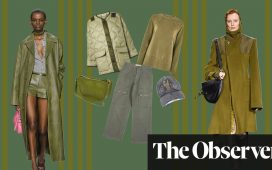The 14th annual edition of the Redress Design Awards were held today, during the ongoing Centrestage Hong Kong trade show, where a slew of new designers showcased collections made under the guidance of the educational NGO. Despite being rescheduled one day later due to the emergence of Typhoon Yagi, the event still drew in a sizable crowd made up of both the Redress community and onlookers, all eagerly awaiting the finalists’ four-piece collections created on the premise of putting forth circular solutions.
As always, a handful of prizes were given out among the 10 designers present, with the runway show prior to the announcement allowing the audience to have an overview of what had been judged. Those who made it to the final had proved their ability to manufacture and design a collection that met the standards of the prestigious judging panel of industry professionals and Redress alumni. However, just one came out on top to receive the First Prize.
Hong Kong designer Tiger Chung takes home two awards, including the First Prize
This ultimately went to Tiger Chung, who was also the recipient of the Hong Kong Best award. While the latter provides Chung with a development fund, the top prize will see the designer also join Tommy Hilfiger’s Hong Kong team to work on a sustainable design project. Her collection, entitled ‘The Wanderer’, drew on the lifestyle of “street wanderers” and addressed the social disparities in current society. The looks themselves utilised upcycled materials from various discarded items, such as towels, car seat covers, old sofas and curtains from hotels. Her decision to incorporate these elements was due to their, notably disheartening, abundance, thus creating a solution for escalating waste.
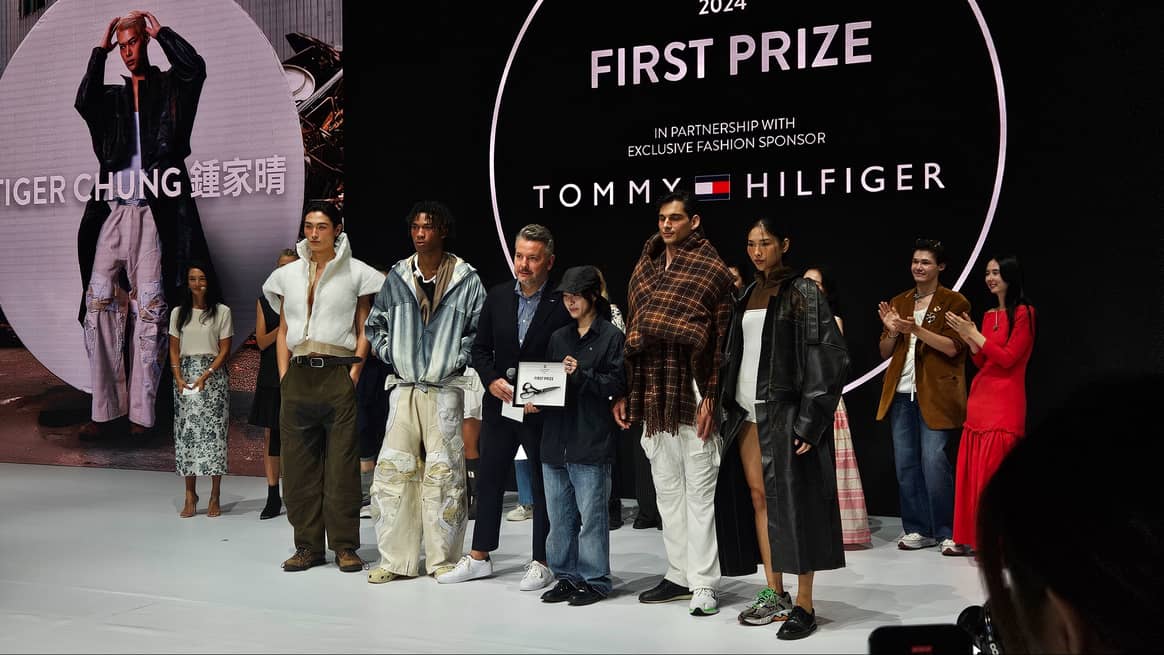
Chung was joined by two fellow designers from her cohort to win awards. Tian Ruyin of Shanghai received the Runner-Up Award, through which she will receive mentorship with Orsola de Castro, a Redress judge and co-founder of activism platform Fashion Revolution. Her line, ‘Strip Strap Stripe’, was inspired by the disordered thinking of her grandmother, who suffers with Alzheimer’s, and as such, explored the idea of aiding memory through cuts and folds. Ruyin brought in circularity through the use of organic cotton and recycled fibres, forming adjustable and versatile looks reminiscent of a marine aesthetic.
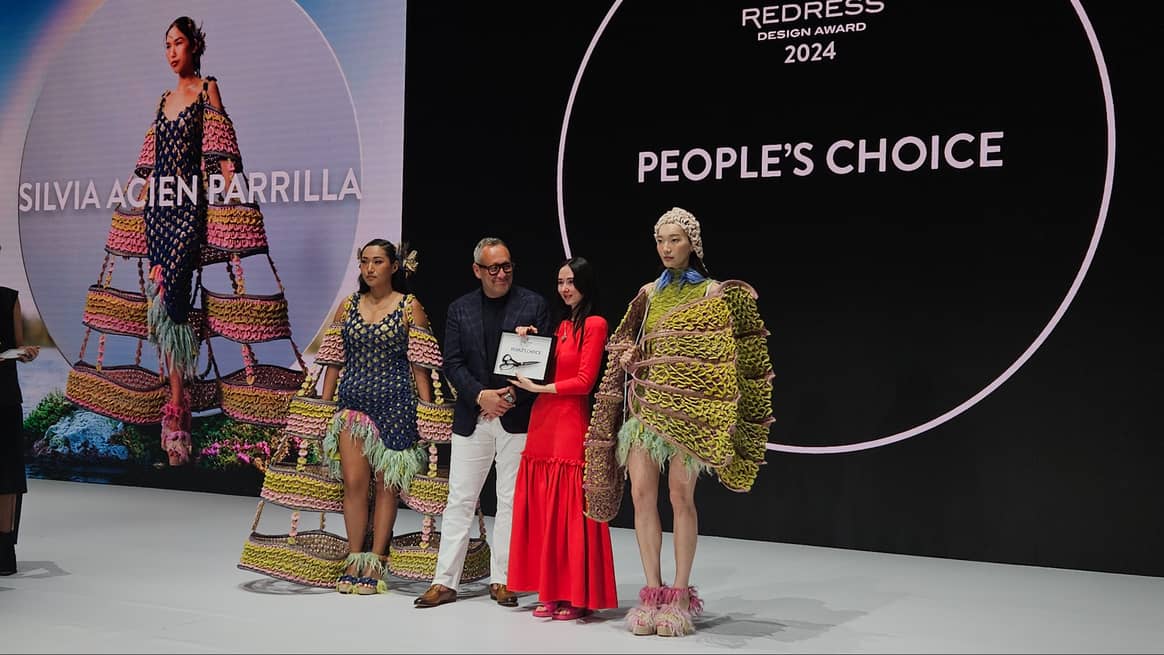
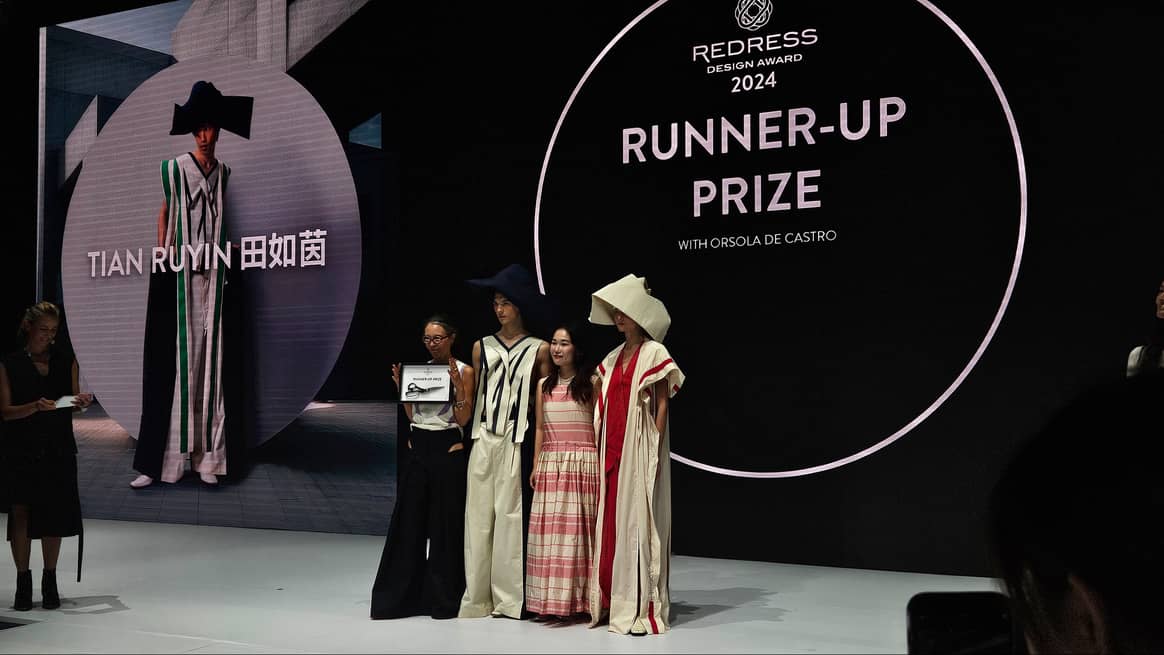
Prior to this, Silvia Acien Parrilla was named as the recipient of the People’s Choice Award, an honour for which she was selected through a public vote. For her collection ‘Regenerative Folklore’, the UK-based designer brought together organic fibres and traditional Spanish material to reference her organic farmer parents and cultural heritage. Fibres used by the designer included that of pineapple, nettle, Tencel and banana, which were implemented alongside plant-based dyes from invasive species.
Ahead of the reveal, founder Christina Dean and her counterpart, Redress executive director Nissa Cornish, spoke on the difficulties the judges faced this year in selecting their winner – “there were tears, not among the designers, but among the judges,” Dean exclaimed, a sentiment reflecting the heightened talent of this year’s finalists. Yet those on the panel did have a clear idea of what they seek in a designer.
“As a judge, I’m looking for designers who challenge the status quo when it comes to sustainability, whether that’s in material sourcing, circular design technique or having thought about the life cycle of a piece,” said Jessia Wei, senior director of sustainability for Tommy Hilfiger Asia Pacific, the sponsor of the awards. “What sets the winner apart is superior storytelling through their work that can inspire other designers and industry alike. I personally love to hear about the inspiration behind a collection and consumers do too.”
‘There were tears, not among the designers, but among the judges…’
Wei’s participation stems from her belief in initiatives like Redress. “An NGO like Redress is a catalyst for change in the fashion community, toward more sustainable practices,” she told FashionUnited. “Through initiatives such as the Redress Design Award, there is a focus on nurturing the next generation of circular design talent. Redress is also able to support the wider industry on the important goal of raising consumer awareness around sustainable fashion choice.”
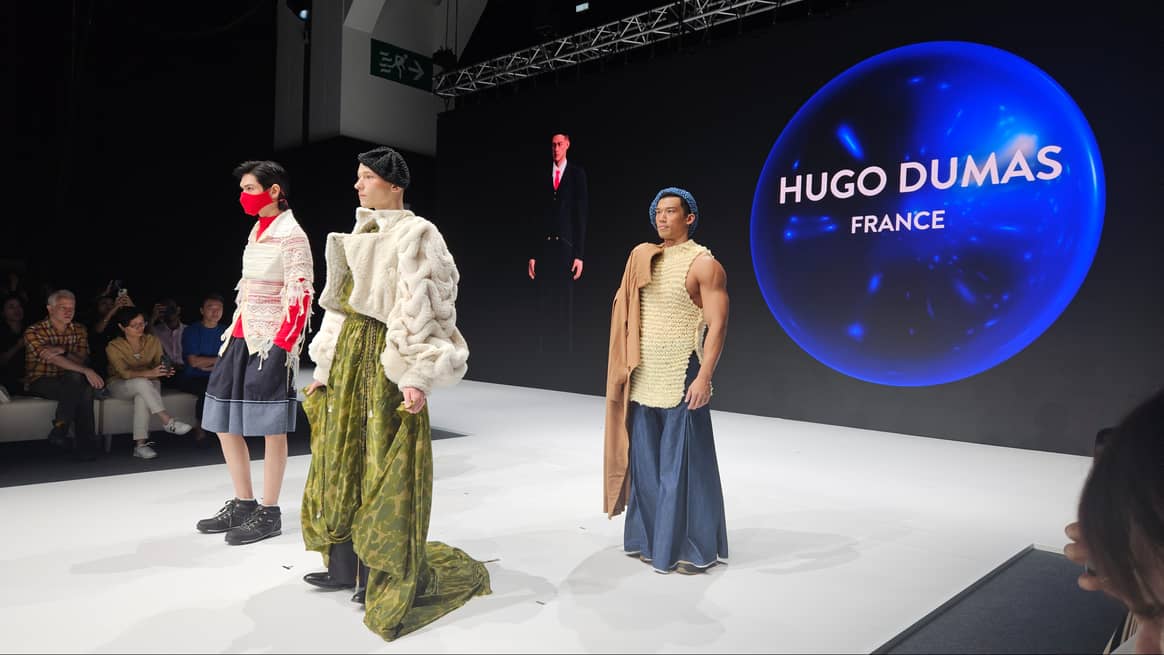
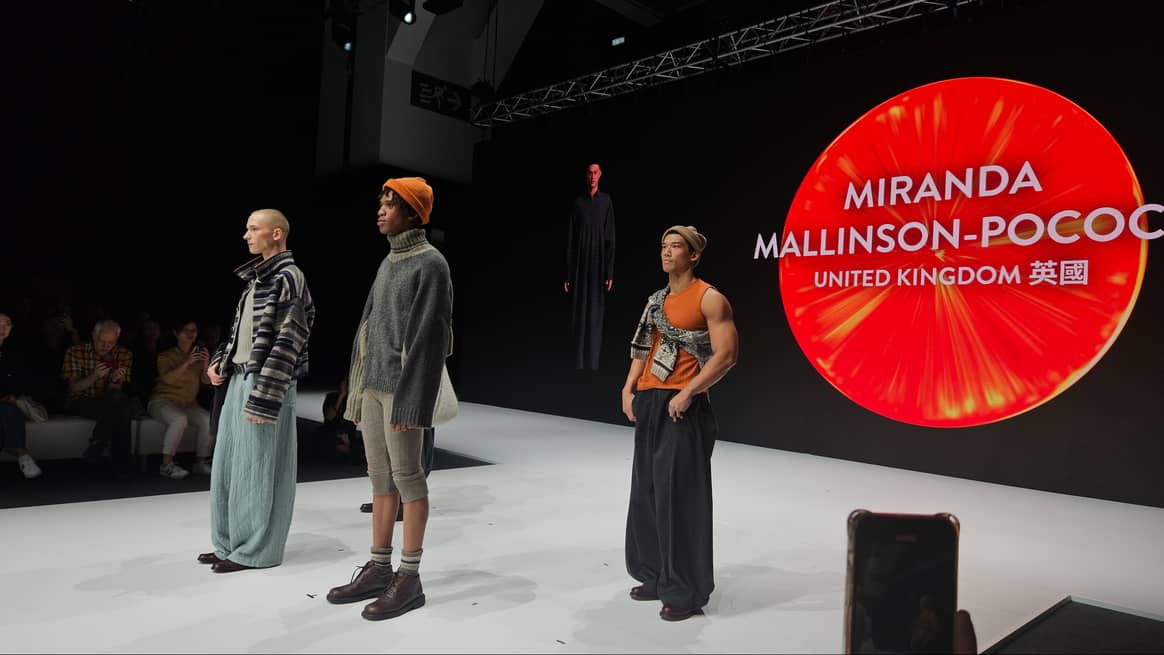
It is exactly this mission that Redress prides itself on, and is something that has continued to be at the core of the platform since the competition’s inception 14 years ago. Under the direction of Dean, this mission has remained intact, albeit with natural evolutions in order to ensure consistent alignment with and responses to the needs of today’s upcoming names. “We’ve been a part of the emerging and now explosive sustainable fashion scene, the circular fashion revolution, for 14 years, and so we’ve had to grow up as quickly, as awareness, insight and research has also been developed,” Dean told FashionUnited.
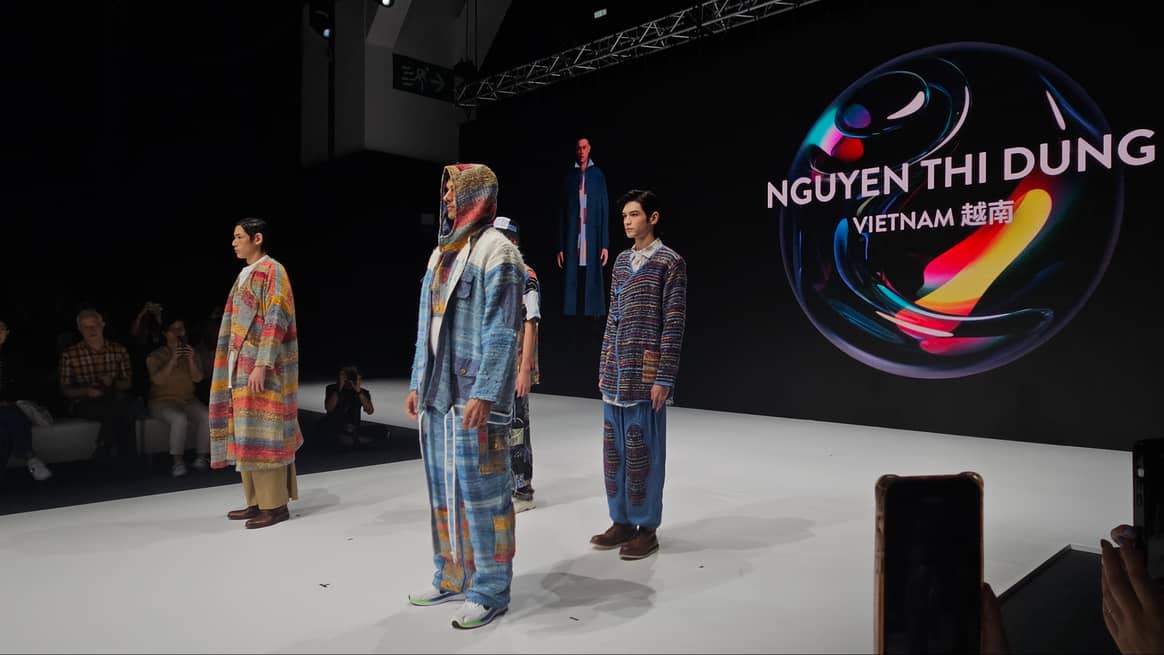
Redress itself, an organisation of around just 25 people, has therefore had to evolve and keep up with the ever-expanding knowledge, one thing Dean cited as its main challenge as the years went on. “We’ve had to update our mission and our strategic goals, because we cannot do everything,” she noted. “It’s been quite difficult as an organisation to see that there are lots of problems, but we can only tackle certain ones, and therefore our mission is to educate and inspire designers and consumers in order to accelerate circularity.”
Next to this, and within the organisation, there have been further adjustments to operations in order to address structural challenges, which Dean said had created interesting developments among its board, resulting in a review and improvement of governance. “These are all tasks that as a founder with a crazy idea, you never realise that you’re going to have to work on,” Dean said, adding that as a registered charity, it has had to punch way above its weight to “deliver on a small budget”.
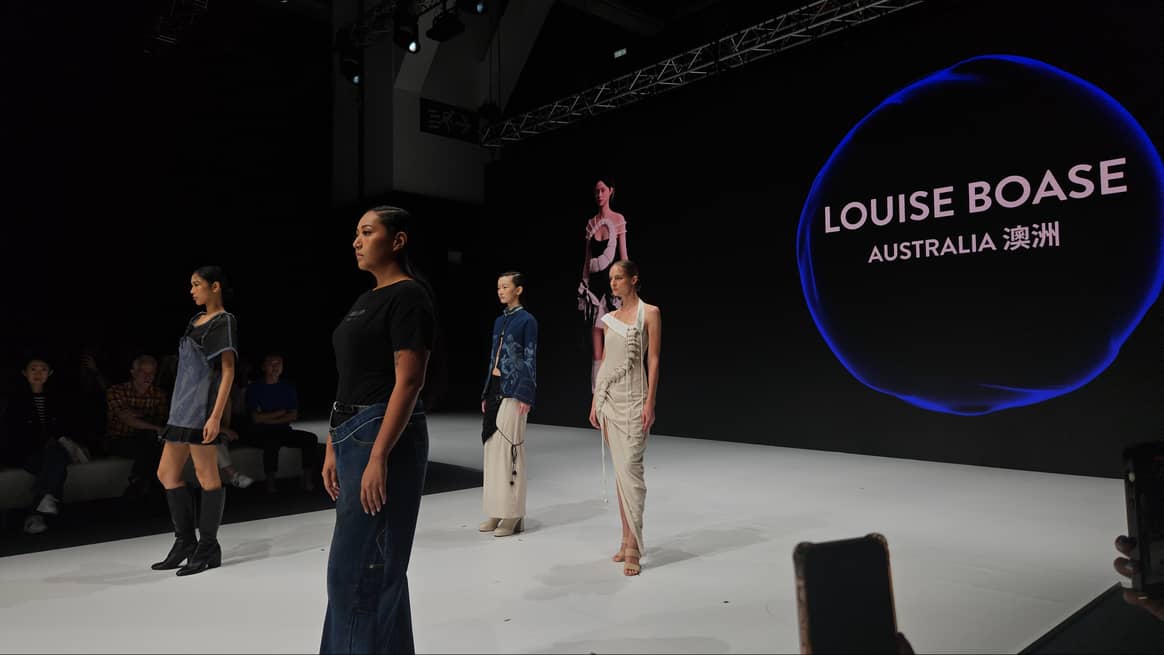
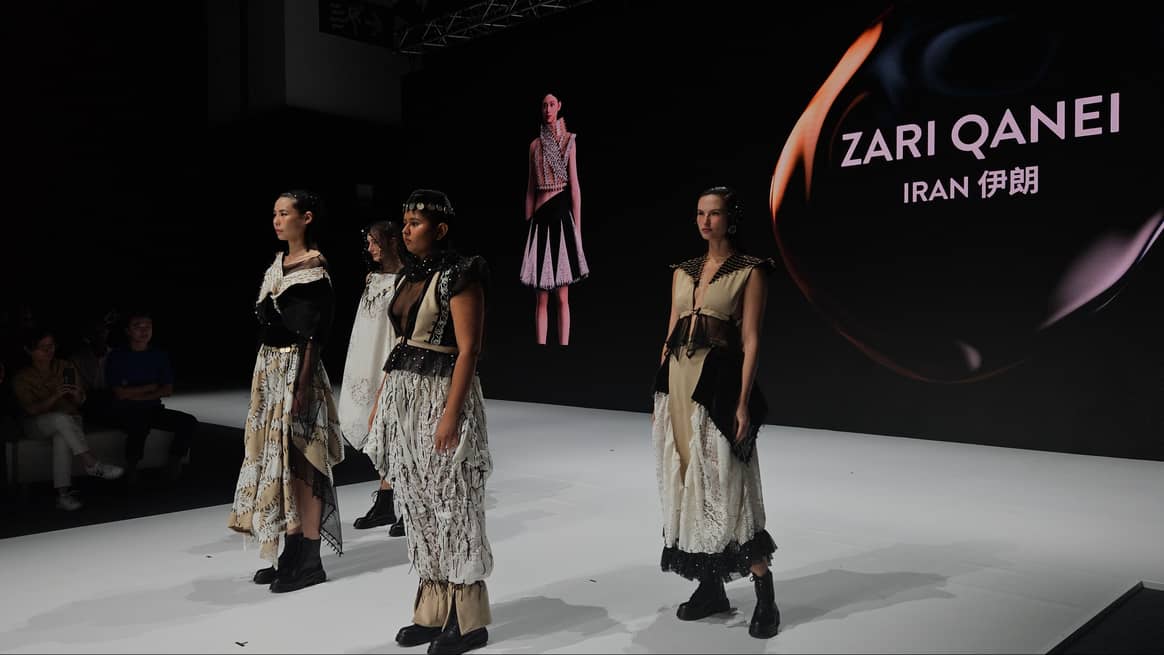
Sustainability’s evolution presents challenges and opportunities
“There’s nuances, there’s complications, there’s contradictions. When I started Redress, sustainability was pretty simple. It’s now ridiculously complicated. We’re seeing that with the designers who apply. Their knowledge is much, much greater, so we’re constantly on our toes,” Dean noted. With this, designer needs and expectations from the programme have also evolved, yet what has remained is the need for network, particularly in an industry that, as Dean calls it, can often be a “lonely experience”.
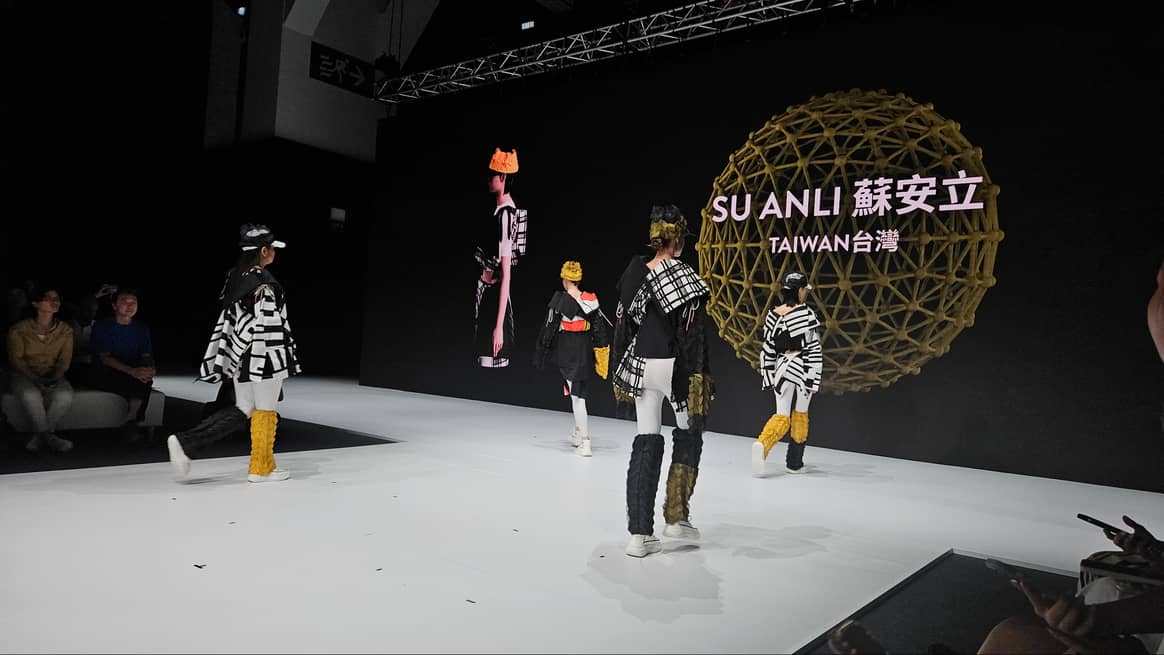
“The competition is about bringing together a family, a community of fashion designers who find themselves, find encouragement and find creativity that they need, because as I said it’s a really hard career process to; A, be an independent designer, and B, try to be a sustainable fashion designer. It’s a cultural exchange that offers enthusiasm and support, but then ultimately, what they really need is help with their business,” Dean elaborated.
Since its inception, the number of Redress alumni has grown to over 300 designers, to whom the NGO continues to offer support via continued collaborative projects and community involvement. “When I started the competition, when I started Redress, we never thought that we would have to develop all of these alumni programmes and activities, because they really do need so much support. We’re a small non-profit. What the fashion industry should be doing itself is much more wholeheartedly supporting the next generation of designers,” Dean emphasised.
‘We want to celebrate and build Asia up…’
One element that is lacking in the way of emerging designer support is access to suitable, sustainable production partners – an issue that Redress has set out to attempt to amend. Over the course of a week, Redress finalists participate in an educational bootcamp in Hong Kong, where collaboration and connection is at the heart of their experience. A long-running partnership with Chinese manufacturer TAL Fashion is among these initiatives, and requires the designers to team up and upcycle one of the firm’s slightly defective t-shirts – a challenge that falls in line with similar ventures bestowed upon them during the week-long schedule.
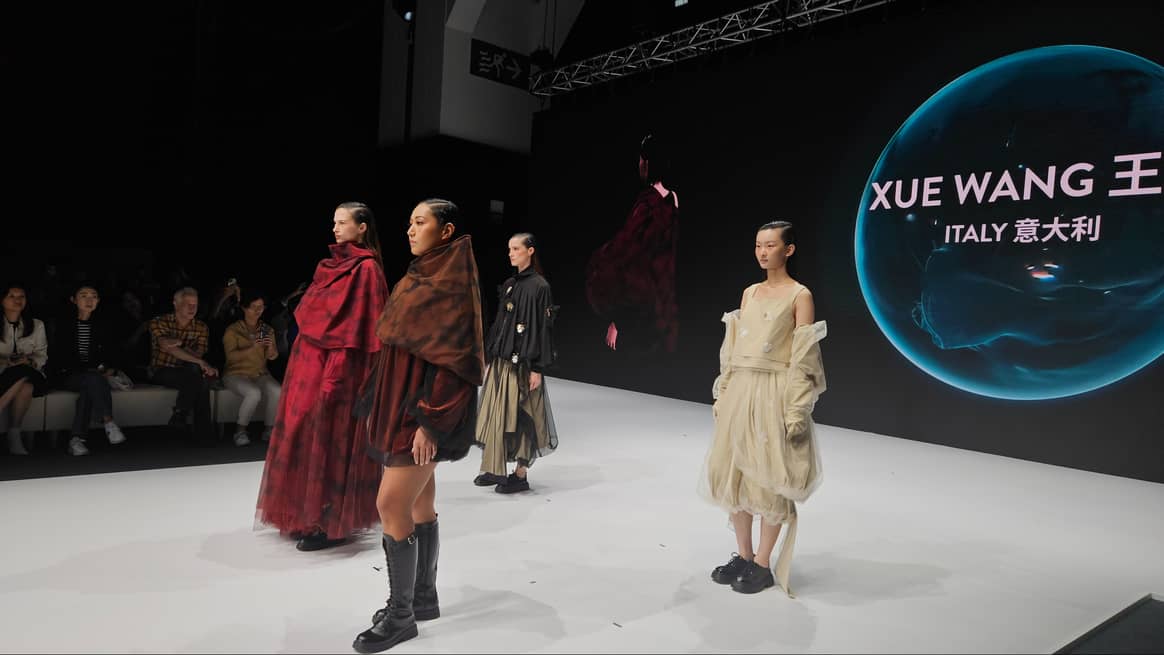
Such initiatives mirror Dean’s belief that true sustainability begins at the initial stages of design, yet as this process is constantly under the waves of change, resultantly, Redress is too. The organisation is therefore continuing to realign its strategic goals, but Dean reaffirmed that its focus remains “wholeheartedly” Hong Kong-based and Asia-focused. This, however, also comes with challenges in the way of varying legislation and differing industries, meaning the NGO is constantly assessing how to best serve the needs of those it caters to.
“Asia contributes 50 percent of global greenhouse gases annually, but it also has the fastest growing emerging market and a huge amount of innovation. It’s not just about the fact that it is a powerhouse of production and consumption of waste. It’s actually that there’s a huge amount of innovation, a huge amount of investment. Asia has a very long-standing textile industry. It’s got the fragmented supply chain that the rest of the world has, but it has much more of it here,” Dean explained. “It’s not that we are running Asia down, it’s the opposite. We want to celebrate and build Asia up, because if we can’t get it right here, we won’t get it right anywhere.”





